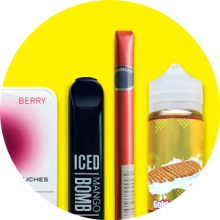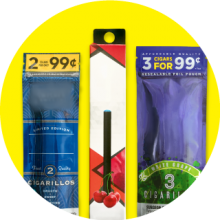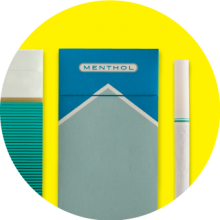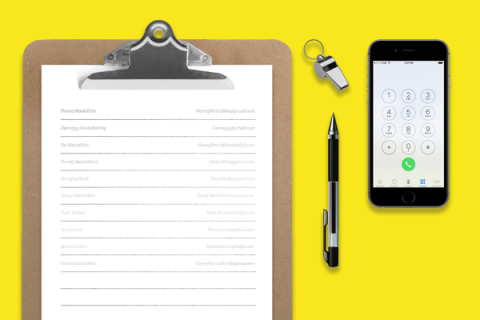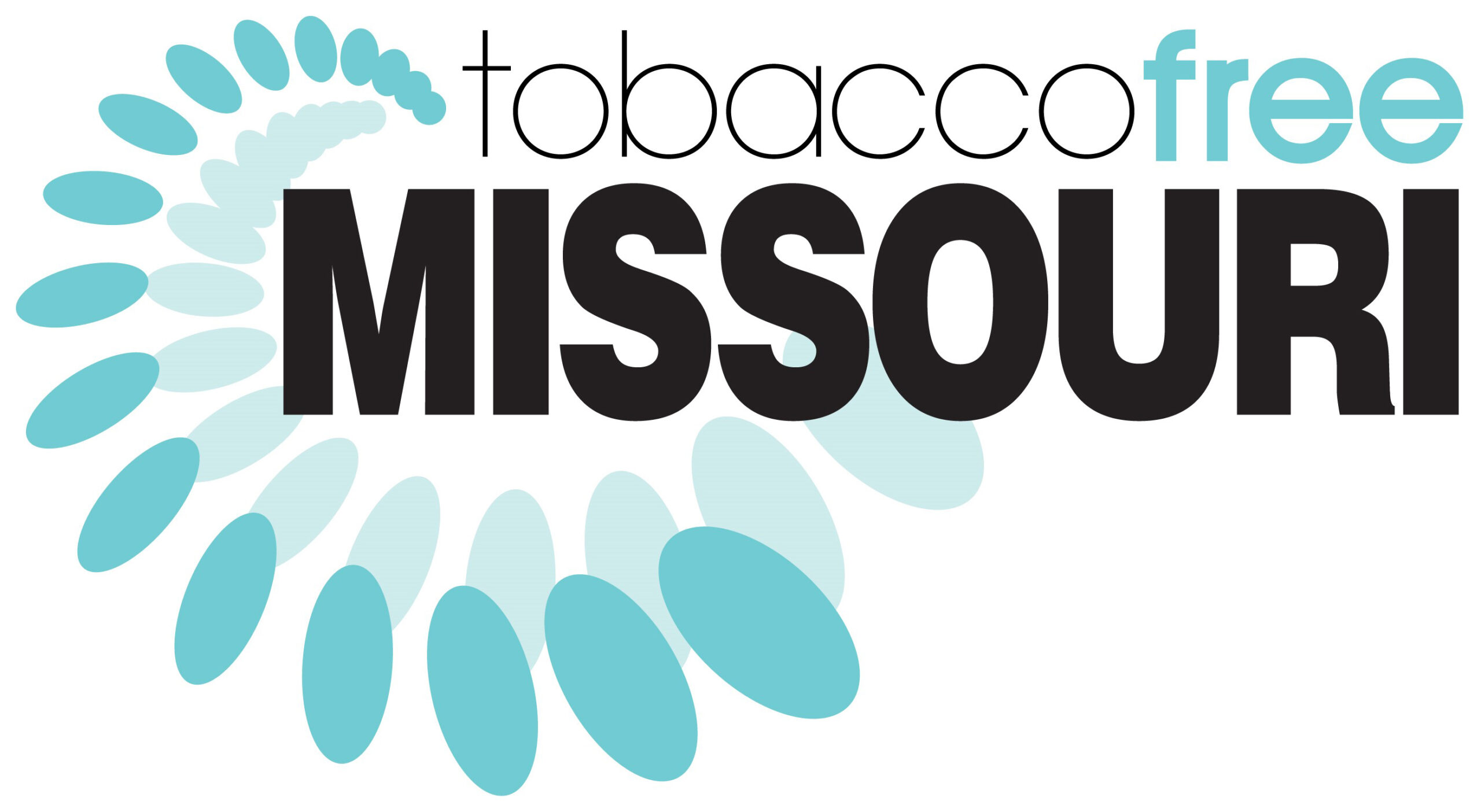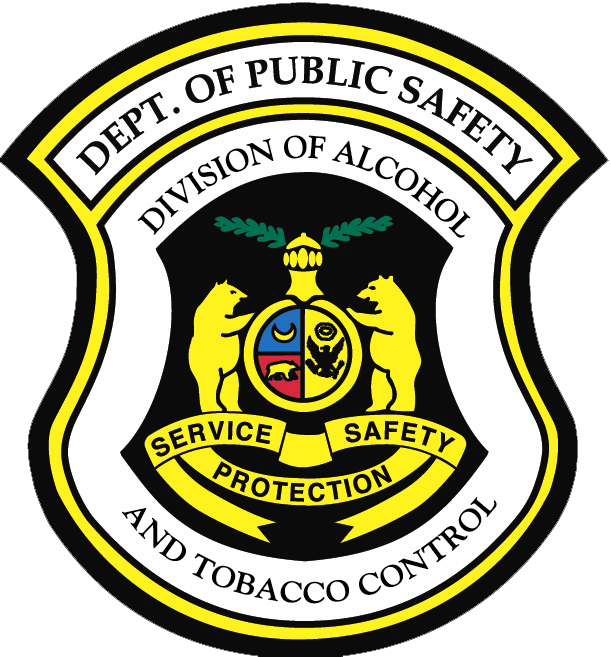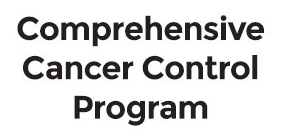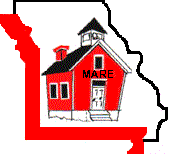Marketing in Retail Environments
In Stores, Tobacco Tempts Kids at Every Turn
As of 2020, the minimum legal age for buying tobacco rose to age 21, but that hasn’t stopped the tobacco industry from using marketing tactics in gas stations, convenience stores, and other retail environments that are proven to encourage youth tobacco use.
They’re using every marketing trick in the book to make tobacco products more attractive, more accessible, and more affordable for kids. That means upping the number of tobacco products and advertising where young people shop, and placing their products and promotions where youth are sure to see them, but that’s not all. Tobacco companies are also creating sweet flavors and cool packaging to tempt kids away from the candy aisle, and even dropping prices to help budget-minded kids start using and stay addicted.

Shop Like a Kid
As an adult, it’s hard to see the everyday retail environments around us from a young person’s perspective, but for kids, who are trying to live tobacco-free, the neighborhood corner store has become an obstacle course of manipulative marketing tactics.
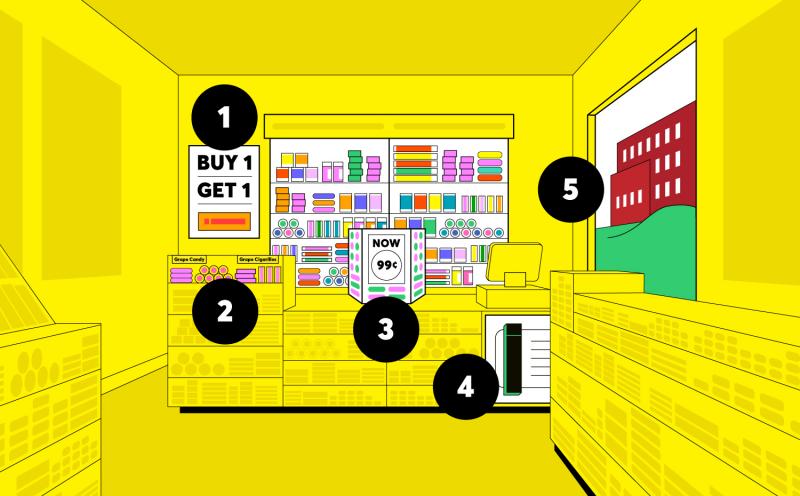
How They Do It:
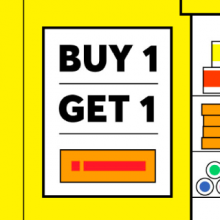
1. They Advertise Low Prices
In 2021 alone, the tobacco industry spent over $8 billion on advertising and promotions—mostly in retail environments. That’s because discounts and ads that make sure kids know tobacco is cheap and available can have a devastating impact. Researchers have found that young people who are more frequently exposed to tobacco promotions are 6 percent more likely to have tried smoking. They’re also 30 percent more likely to be vulnerable to tobacco use in the future.
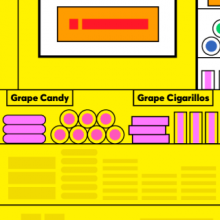
2. They Make it Look Like Candy
Tobacco companies are using colorful, kid-friendly packaging and attention-grabbing store displays to lure young people away from the candy aisle. A recent survey of tobacco users confirms that design elements like color, type, graphics, logos, and packaging materials are important parts of catching customers’ eyes and shaping their perceptions of tobacco. Tobacco products that remind kids of candy may seem less harmful, but there is no such thing as a safe tobacco product.
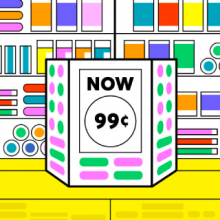
3. They Use Self-Service Displays
Self-service tobacco kiosks, including open-access racks, shelves, and check-out counter displays, put tobacco products within easy reach for young people of every age. Right now, only cigarettes and smokeless products are barred from self-service displays, so tobacco companies can still encourage kids to “help themselves” to popular flavored tobacco products like e-cigarettes and little cigars in stores.

4. They Sell at Kids' Eye Levels
Getting kids to recognize tobacco brands is one of the first steps to encouraging youth tobacco use. That’s why tobacco companies fill retail environments with advertising at a child’s eye level—adding signage to walls and doors, placing products on low counters, and building “power walls” covered in tobacco products. Research has found that the three most popular tobacco brands with teens often take up twice the shelf space in stores where young people are more likely to shop.
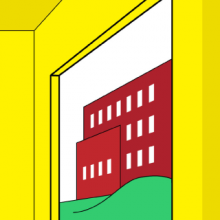
5. They Get Close to Schools
Because young people spend around a third of their lives at school, tobacco companies know the value of selling their products nearby. Studies show that high schoolers’ tobacco use rates are connected to the number of tobacco retailers in the area. Additionally, tobacco companies usually display more tobacco advertising in and around stores that are near schools.
Resources
Learn more about menthol tobacco products and the harm they can do:
Different Tactics, Same Threat
Understand all the ways tobacco companies scheme to make, package, and market products that can lock down the next generation of lifelong tobacco users.
Take the Next Step
Change for the better starts when caring individuals stand together for kids, their communities, and policies that can improve everyone’s health. Find out how you can make a difference.

